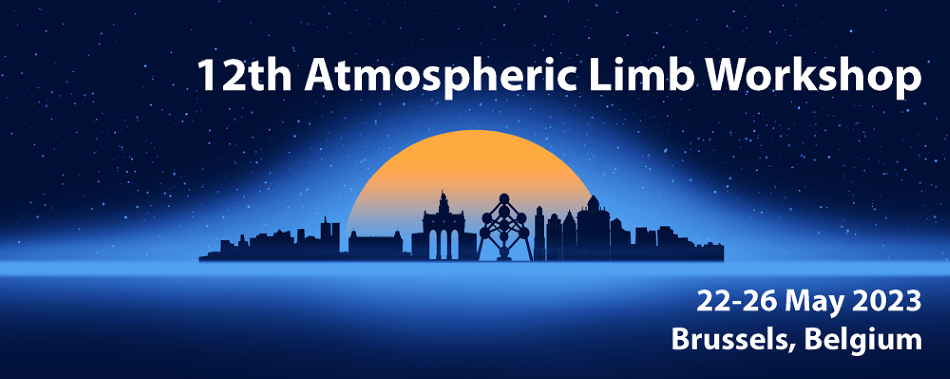Speaker
Description
The study of Jupiter’s atmosphere is of interest to the scientific community, including its composition, evolution, distribution, structure, and dynamics around the planet. Although the main chemical composition of Jupiter’s atmosphere has been unraveled, many questions remain open, such as the global abundance of water, or the responsible chemistry for the coloration of the clouds. ASIMUT-ALVL, a Radiative Transfer (RT) code developed at the Royal Belgian Institute for Space Aeronomy (BIRA-IASB), has been recently upgraded to include the study of Jupiter’s atmosphere. Within the main contributions observable in the VIS-NIR spectrum of Jupiter’s atmosphere, it was necessary to apply the current knowledge of the physical and chemical characteristics of Jupiter, including the Rayleigh scattering contribution due to dominant atmospheric species, the refractive index of Jupiter’s atmosphere, the Collision-Induced Absorption (CIA) due to H$_2$-H$_2$ and H$_2$-He molecular systems, the typical temperature profile and atmospheric composition (from Moses et al. 2005), and the required line-lists from the HITRAN online database with line parameters adequate for an H$_2$ and He dominant atmosphere (following the 2020 version release). To model the aerosols and hazes present in the atmosphere, including the chromophores, the microphysical parameters were obtained as described by Lopez-Puertas et al., 2018, and Baines et al., 2019. The model was finally validated after reproducing VIMS/Cassini observations obtained during the flyby to Jupiter. The upgraded version of ASIMUT-ALVL is supporting the assessment of the capabilities of the Moons And Jupiter Imaging Spectrometer (MAJIS), one of the key scientific instruments on board the Jupiter Icy Moons Explorer (JUICE), the next mission to the Jovian system from the European Space Agency (ESA), to be launched in April 2023 with an arrival date on July 2031. MAJIS will provide hyperspectral capabilities through two channels: VIS-NIR (0.5μm-2.35μm), and IR (2.25μm-5.54μm), with a remarkable potential of VIS-NIR spectrometry for characterizing the vertical structure and composition of Jupiter’s atmosphere.

